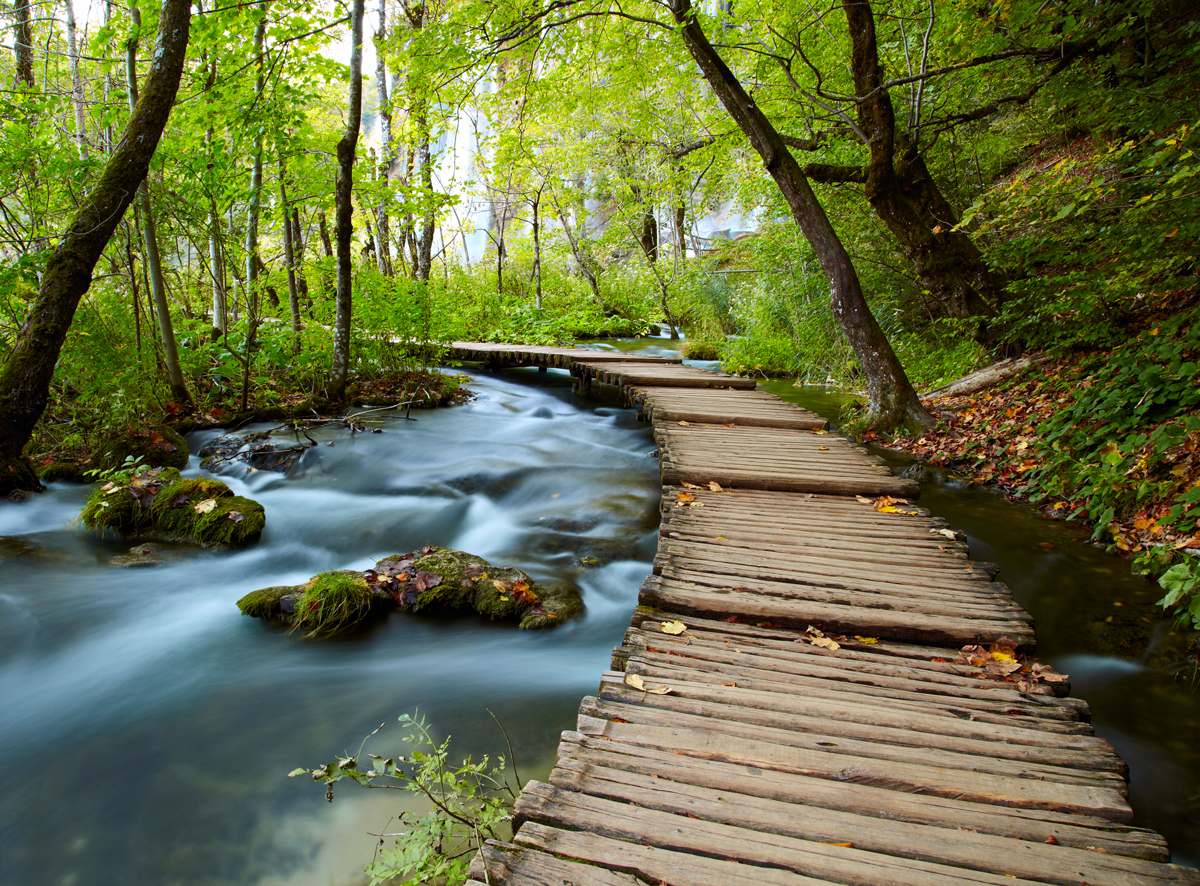Unpacking the complex relationship between forest age and river flows
As the global restoration movement gains momentum and large-scale forest landscape restoration activities are implemented, there is a need for a better understanding of the links between increasing forest cover and river flow. Does age matter?

Photo: shutterstock image 116041936
Researchers from the University of Cambridge, funded by the IUCN through a grant from the UK’s Department for International Development (DFID) and also the Natural Environment Research Council (NERC), have been asking how forest establishment will affect river flows through time and how this process interacts with climate. Their results show that river flows are not only driven by types of forests, but also by climate, and land cover history. They also report that many data gaps remain.
The researchers collected 43 studies from around the world that would allow them to separate the effects of forest age on river flow, from those of a variable climate. By combing these datasets, they identified global patterns in river flow responses to forest establishment. The 770 data points included in the analysis were taken from 13 countries, primarily in temperate and semi-arid biomes. All included studies considered the effects of forest establishment on land that had been in a non-forested state for some time and used river flow in a non-forested landscape as a baseline. Some catchments reported historical forest cover, whilst others reported no historical forest cover. However, this was not found to explain any significant variation between catchments. In most catchments, trees had been planted; however, some reported the effects of natural regeneration following land abandonment.
The questions
The objectives of the study were to ask: (i) how does forest establishment affect river flow through time, distinguishing the effects of forest age, expansion, and climate; and (ii) what impact does land-use history have on river flow responses to forestation? The study was carried out using measurements of annual river flow only.
The results
The study agrees with the previous finding that forest establishment results in a local decrease in annual river flow. Substantial variation in the rate of change was present between catchments in the dataset, which was found to relate to (i) the mean annual precipitation in the catchment, (ii) the percentage of the catchment that was converted to forest, and (iii) the land-use history of the area in which forest was established, and whether it was reported to have been used for agriculture.
Forests growing on land that had been used for agriculture resulted in a smaller negative effect on river flow than forests growing elsewhere. This suggests that planting forests on degraded soils may help to offset the water use of forests by increasing the amount of water that can be held in and move through soils. Limited detail was available on land use practices for many of the studies.
The study also showed that river flow responses vary year-on-year as a result of climate. In dry years with less rainfall, the effects of forests on river flow were less negative than in wetter years. This suggests that in dry years, the effects of forest growth on river flow may be less than otherwise thought. It is not possible to conclude from this analysis whether these responses also occur at seasonal or monthly time scales.
So does age matter?
Finally, previous research has suggested that river flows may partially recover as forests age, particularly where soils are degraded, with recovery signals starting after approximately 15 years. This study found little evidence for river flow recovery as a result of forest age, within the juration of the dataset. Six of the seven studies that showed possible recovery trends were associated with a large amount of uncertainty. A notable caveat here is that several studies did not reach the 15-years of age. Also, river flow recovery may occur over longer time scales than were represented in the study (2-57 years)
There is a clear need for more long-term studies, particularly in the tropics and for restoration projects using native species, as both are under-represented in the literature.
See the full article
--------------------------------------------------------------------------------
This web article was written by Laura Bentley and David A. Coomes (Department of Plant Science, University of Cambridge) with inputs from Chetan Kumar (Forest Conservation Programme, IUCN).



